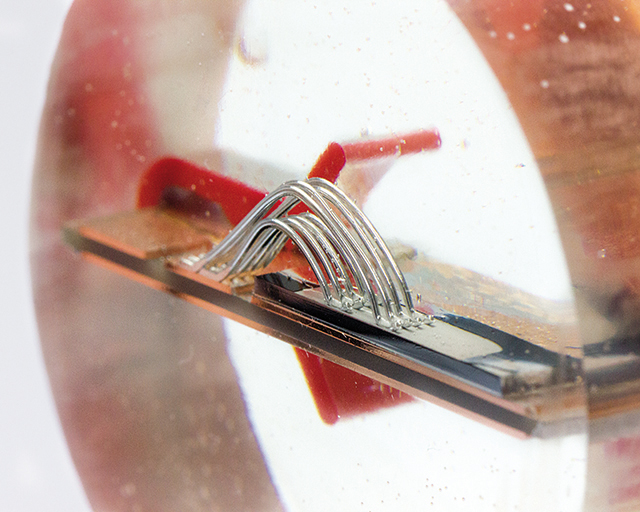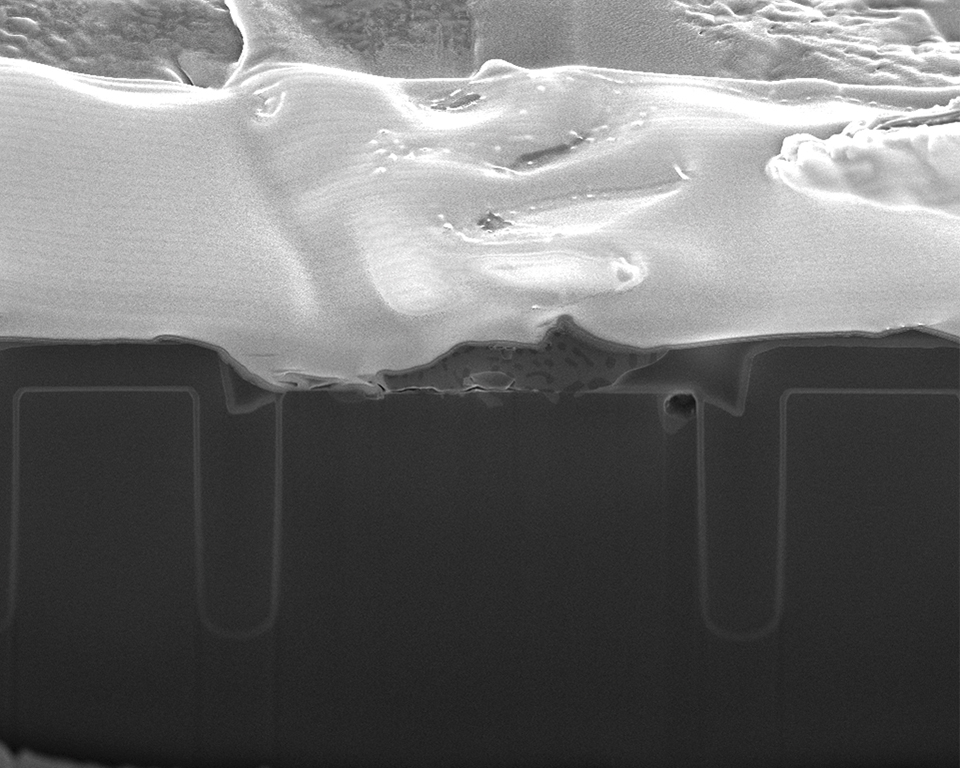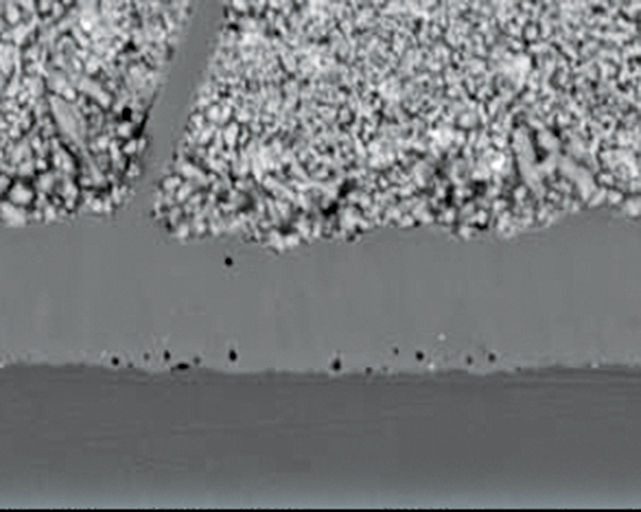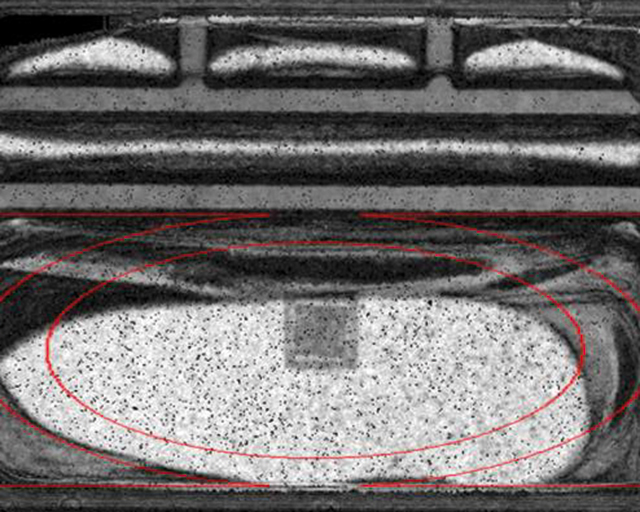Fields of research and service
- Investigation of field returns
- Characterization of samples accompanying in-house and external life time tests such as active power cycling
- Analysis of new packaging concepts and joining technologies, for instance sinter technology versus soldering
- Competitive analysis of power electronic systems, modules and devices like power electronics of hybrid vehicles
- Physics of failure analysis, material characterization for parameterization of existing life time models or enhanced ones
- Interpretation of test results and failure mechanisms such as edge termination break down of semiconductor devices
- Consultancy on the different investigated failure modes, for instance chip damage due to improper bond wire process parameters
- Partial discharge measurement
- Optical microscopy for searching for dendrites
- Laser interferometry (for analysis of coating quality and coating thickness)
- Cross-sectioning by sawing, grinding, polishing
- Cross-sectioning by femto-laser curing
- Comparative tracking index
- Scratch test
- Decapsulation of mold compounds as well as silicone gels
- Scanning electron microscopy (SEM) and elemental analysis with energy dispersive X-ray spectroscopy (EDX), distribution and quantity
- Focused ion beam (FIB), high speed cutting by plasma
- Thermogravimetric analysis (TGA) and differential scanning calorimetry (DSC)
- Fourier-transform infrared spectroscopy (FTIR)
- Radiography / computer tomography
 Fraunhofer Institute for Integrated Systems and Device Technology IISB
Fraunhofer Institute for Integrated Systems and Device Technology IISB





